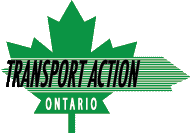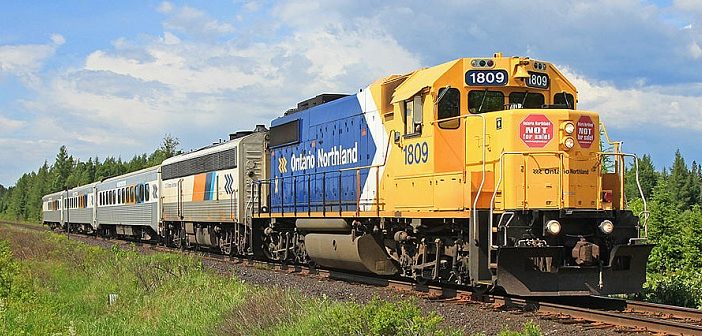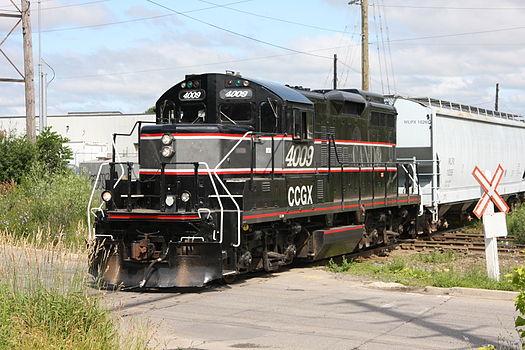
Addressing VIA Canada’s role in passenger rail transportation
By Transport Action Ontario | Intercity Rail and Bus , Latest News
In response to a letter from Transport Minister Alghabra, Transport Action Ontario has written back to the Minister outlining our thoughts and needed work on eight topics, summarized below;
- Expedited restoration of VIA Rail corridor services needed
- Transparency on VIA’s High Frequency Rail (HFR) project very inadequate
- Details needed on HFR capital investment ($396 million over 5 years)
- Need to develop options to HFR northern corridor (Toronto-Peterborough-Smith Falls)
- Need to invest in southwestern Ontario rail debottlenecks
- Shared maintenance facilities with Exo or Metrolinx
- Welcome first step on VIA’s long-distance fleet replacement
- Cross-border rail services
Our letter can be viewed below.
Photograph: VIA 912 by djaytoo (d*jay)





